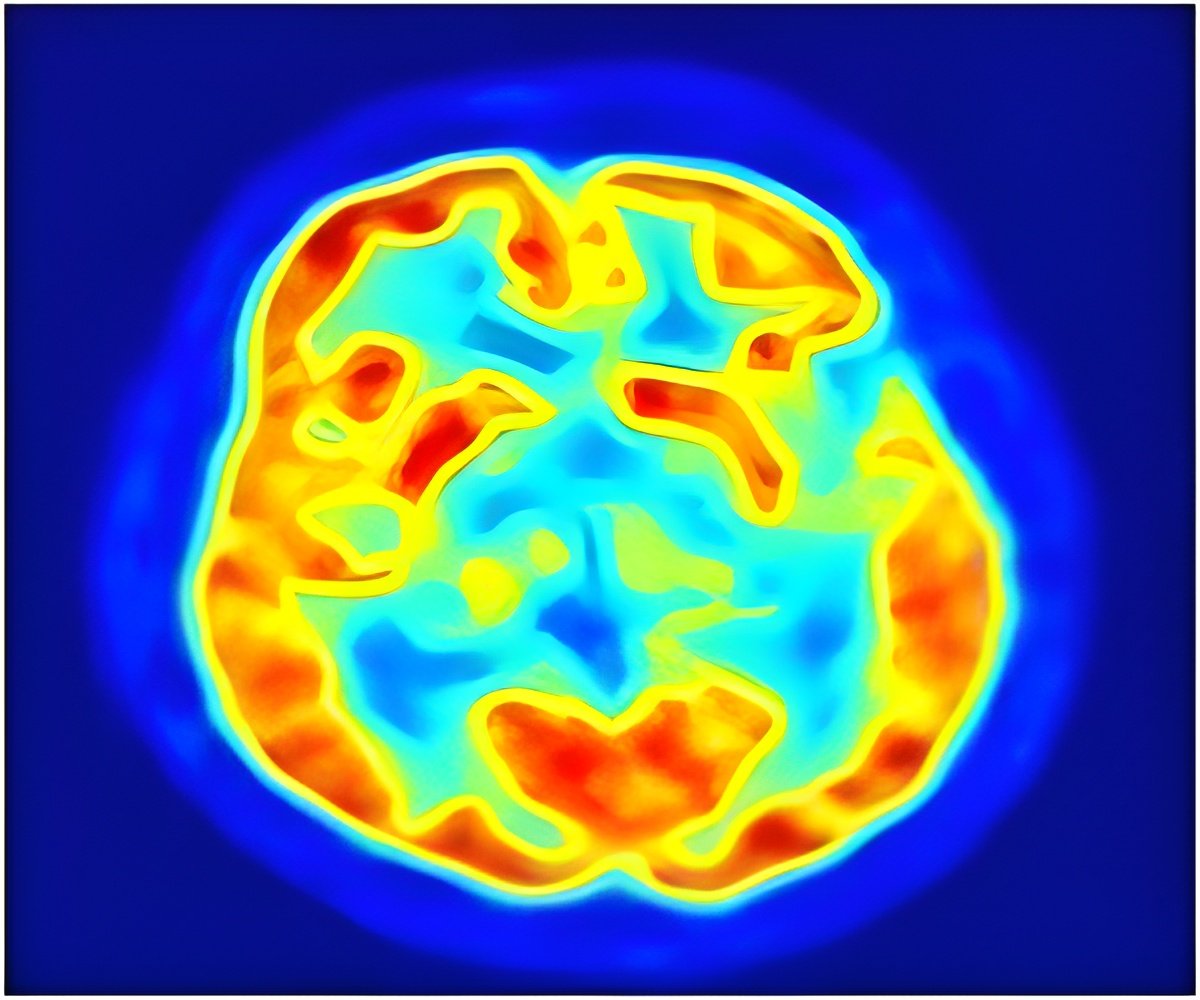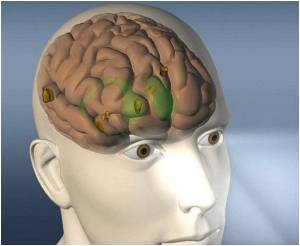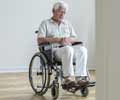
They will seek "not only to move their arms and hands and to walk again, but also to sense the texture of objects placed in their hands, or experience the nuances of the terrain on which they stroll with the help of a wearable robotic exoskeleton."
Publishing their work on Wednesday in the British journal Nature, Nicolelis's team implanted multiple electrodes in both brain hemispheres in two rhesus monkeys.
Using brain power, the monkeys manipulated a virtual paw to reach up to three identical objects displayed on a computer screen.
Touching one of the objects that had a specific tactile feedback -- in essence, getting a sensation of its "surface" -- gave the monkeys a reward of fruit juice.
Holding the virtual paw over the wrong object cancelled the trial.
Advertisement
Scans of brain activity showed that they were actually sensing the object and not selecting it randomly.
Advertisement
Instead of a "brain-machine" interface, the possibility now is of a "brain-machine-brain" interface, or BMBI, say the scientists.
In the case of the monkeys, a population of 50-200 cells in the primary motor cortex controlled the avatar arm.
At the same time, the monkeys were getting electrical feedback of the texture of the object through the implants in the primary somatosensory cortex.
It is this simultaneous move-and-touch that is the breakthrough, said Nicolelis.
"Such an interaction between the brain and a virtual avatar was totally independent of the animal's real body, because the animals did not move their real arms and hands, nor did they use their real skin to touch the objects and identify their texture.
"It's almost like creating a new sensory channel through which the brain can resume processing information that cannot reach it anymore through the real body and peripheral nerves."
The fact that this was achieved with non-human primates makes it doubly exciting.
In the not-too-distant future, Nicolelis hoped, it may be possible to create a robotic external skeleton that not only restores movement by direct control of the brain but also gives sensation of surfaces.
An international scientific team called the Walk Again Project has proposed carrying out a demonstration of a BMBI exoskeleton at the opening match of football's 2014 World Cup in Brazil, Duke University said in a press release.
Source-AFP














